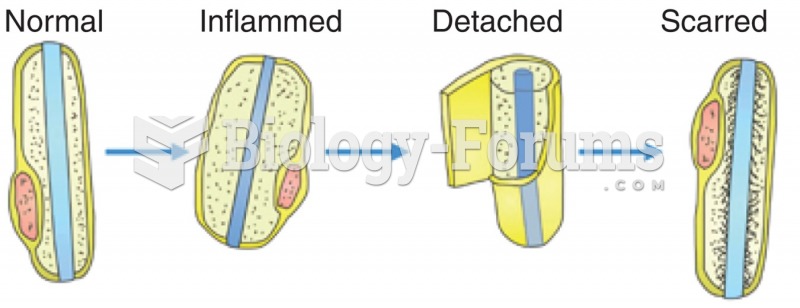|
|
|
A good example of polar molecules can be understood when trying to make a cake. If water and oil are required, they will not mix together. If you put them into a measuring cup, the oil will rise to the top while the water remains on the bottom.
Complications of influenza include: bacterial pneumonia, ear and sinus infections, dehydration, and worsening of chronic conditions such as asthma, congestive heart failure, or diabetes.
Opium has influenced much of the world's most popular literature. The following authors were all opium users, of varying degrees: Lewis Carroll, Charles, Dickens, Arthur Conan Doyle, and Oscar Wilde.
Allergies play a major part in the health of children. The most prevalent childhood allergies are milk, egg, soy, wheat, peanuts, tree nuts, and seafood.
The FDA recognizes 118 routes of administration.
 Impacts of glaciers on landscapes can be seen as (a) a U-shaped valley in Labrador, (b) a drumlin fi
Impacts of glaciers on landscapes can be seen as (a) a U-shaped valley in Labrador, (b) a drumlin fi
 Multiple sclerosis is characterized by damage to the myelin sheath surrounding the axons of motor ...
Multiple sclerosis is characterized by damage to the myelin sheath surrounding the axons of motor ...





